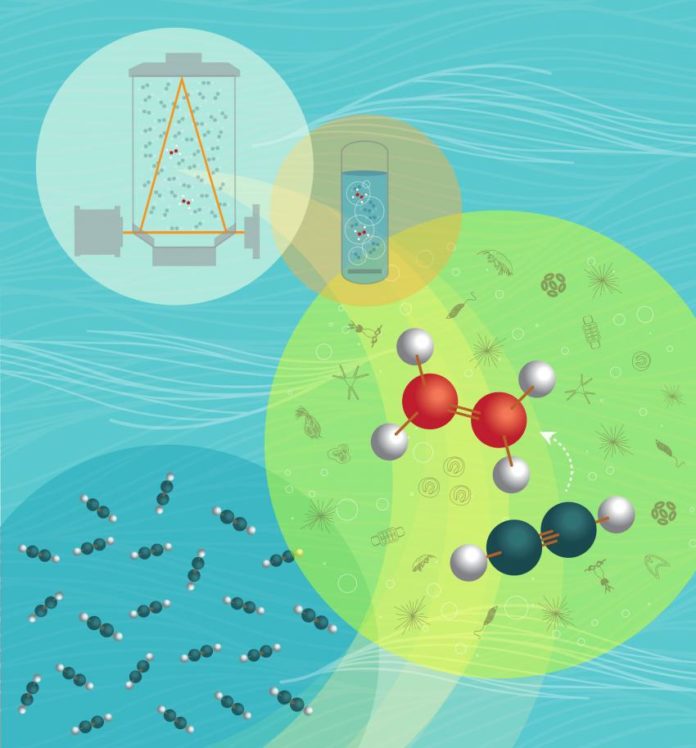Current methods for quantifying N2 fixation in the ocean are time-consuming and laborious that involves discrete sample collection at sea, incubation, and analysis at very low frequencies, perhaps twice daily. The method likely misses the most important events in what is believed to be a very episodic biogeochemical process.
Now, scientists at the Duke University have developed a new method to quantify N2 fixation. The method known as Flow-through Incubation Acetylene Reduction Assays by Cavity Ring-down Laser Absorption Spectroscopy (FARACAS) allows scientists to conduct a rapid and nearly continuous analysis of N2 fixation.
Nicolas Cassar, associate professor of biogeochemistry at Duke University said, “The near real-time observations provided by this new method allow more frequent and flexible sampling, and can serve as a biogeochemical compass to assist researchers in locating and identifying rare episodic events and N2 fixation hotspots. These high-frequency measurements will ultimately help us improve global oceanic budgets of nitrogen and advance our understanding of the oceanic carbon cycle.”
The method FARACAS involves dissolved acetylene (C2H2) with sea water upstream of a continuous-flow stirred-tank reactor, in which C2H2 reduction to ethylene (C2H4) takes place. Downstream of the move through the hatchery, the C2H4 gas is stripped utilizing an air pocket segment contactor and after that flowed with a stomach direct into a wavelength-checked hole ring-down laser ingestion spectrometer.
Tests directed on late research travels affirm that the new technique gives high-determination and exact continuous mapping of amphibian N2 obsession, its day by day cycle, and its reaction to ecological angles. The tests additionally demonstrate that FARACAS can be adjusted to quantify other organic procedures, too.
Scientists published a peer-reviewed paper detailing their new method this January in the journal Analytical Chemistry.
